Welcome, finally, to the last installment on the book covers of Ben Shahn. Although this is the post I’m the least invested in, somehow it’s the one that has taken the longest to compile and write. What really gets me excited about Shahn’s cover work is finding a great piece of his art on an old mass market at a thrift store, or even finding one on the street. It’s design for the people. I featured these covers over the past month, in entries 232, 233, and 234. This week is clean-up—a combination of books about Shahn and books by Shahn. There are actually a ton of both out there, and since this isn’t my focus, this post is far from completest.
As far as books by Ben Shahn go, there are two main types: books he wrote about his own art, and titles that are more like artist books. Of the first category, there are a couple important titles. One of them, Shahn’s manifesto of sorts, I featured in the first week: The Shape of Content. The second is above, The Biography of a Painting. In this over-sized book, Shahn uses a critical review (a MCarthyite anti-Communist review, actually) of his painting Allegory as an entry point for a long-format, hand-written narration of his life history, motivations, and aspirations. It’s a powerful piece, and he deftly weaves together his text with broad range of his illustrations, paintings, and even posters, photographs, and abstract work. In the end we have a visual memoir, carrying us through Shahn’s life. The imagery is printed in a combination of black and brown, giving a depth to the individual images and a scrapbook feel to many of the pages.
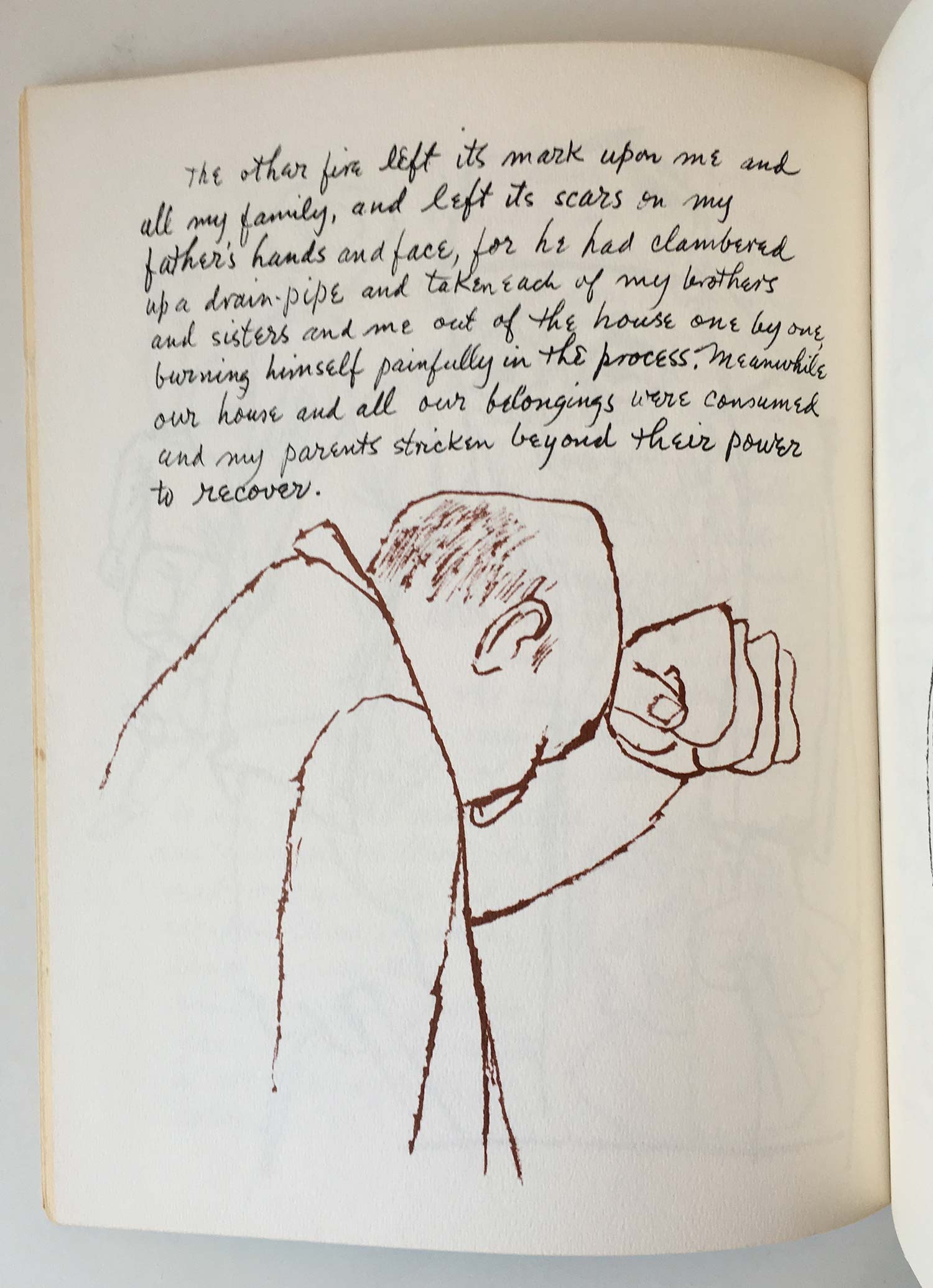
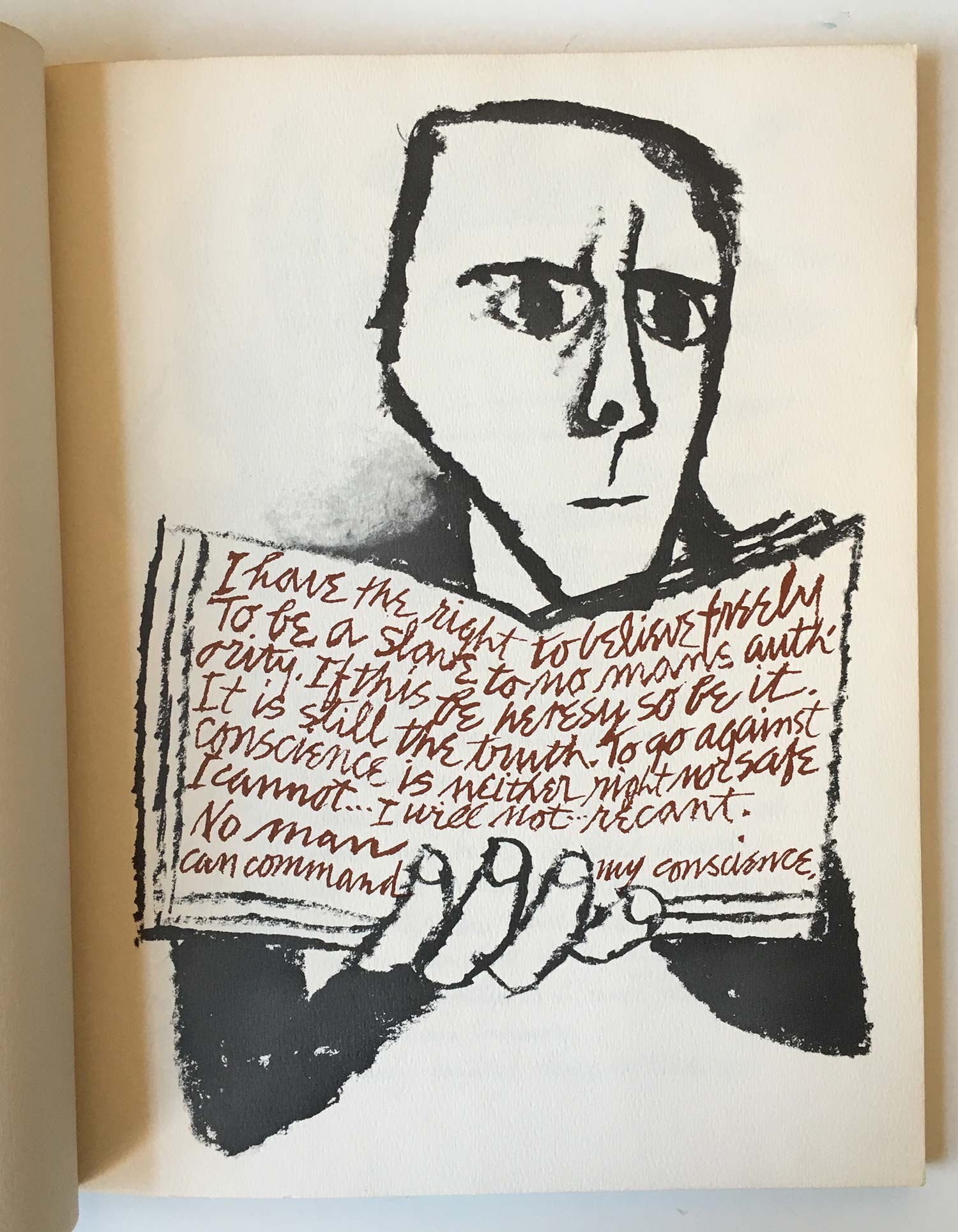
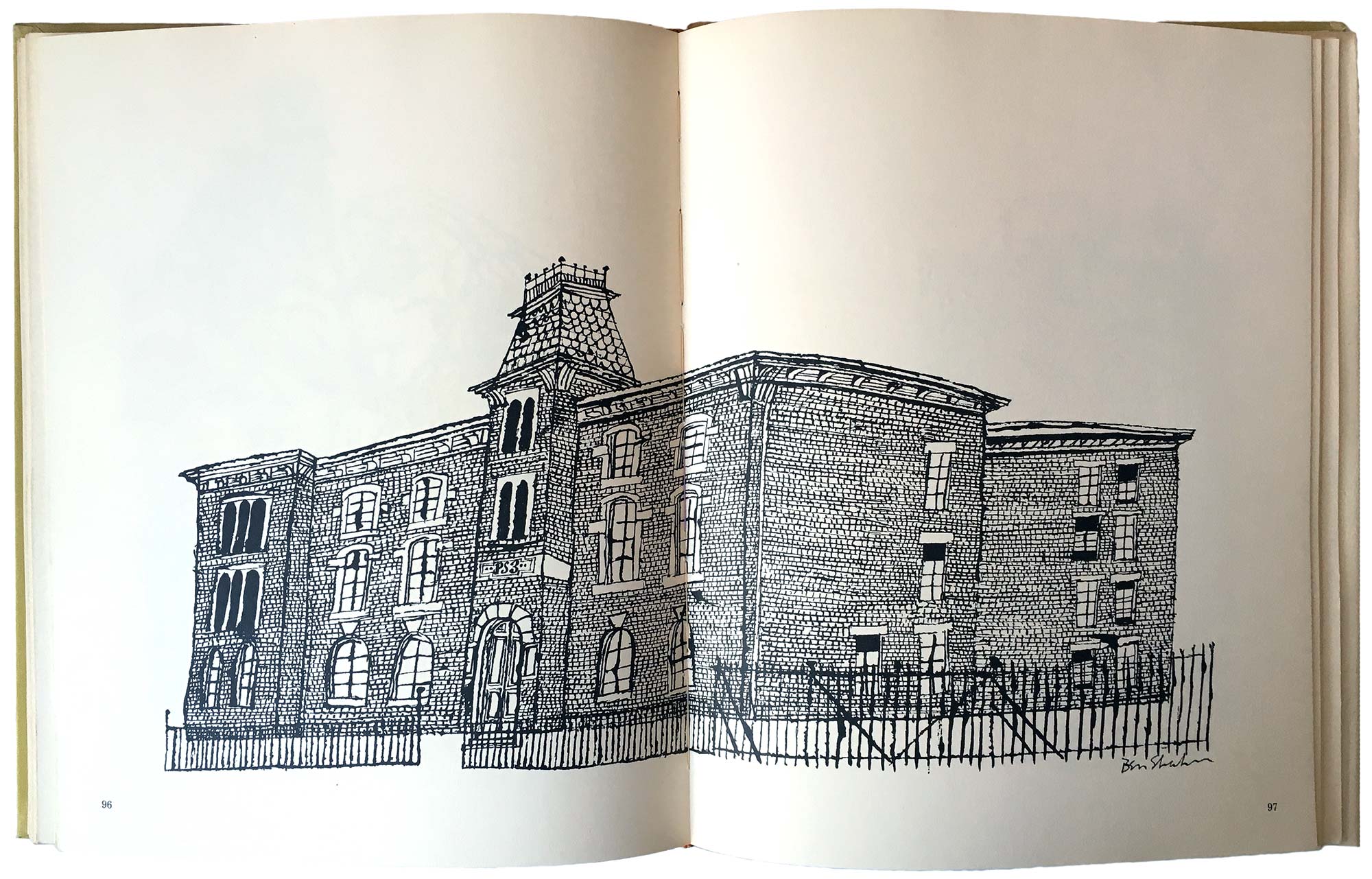
Shahn produced dozens of artist books—some very rare, some mass produced. There is likely a place online where an accounting of these can be found, and the ones I;ve seen are really cool, but they’re simply not my jam. Below a couple of the ones I’ve picked up on the way. Kuboyama and the Saga of the Lucky Dragon is a book built around a suite of paintings and illustrations Shahn made in response to the development of the h-bomb and nuclear weapons. The Alphabet of Creation is a facsimile edition produced in a large run of a rare and limited lithographic artist book of the same name. They are very different books, but each share unique characteristics: printed clear plastic dust jackets outside and non-standard image production inside. The Alphabet of Creation is an articulation of Shahn’s increasing fascination with Judaism—and particular the more arcane aspects of Jewish spiritualism—later in his life. It’s a story from the Kabbalah which Shahn has illustrated and converted into an introduction to the letters of the Hebrew alphabet, merging his loves of typography and mysticism. The book is quite handsome, green clothbound with foil embossing, the insides printed in black for text and brown for illustrations (similar to The Biography of a Painting). I’ve photographed a number of the inside pages and included them below.
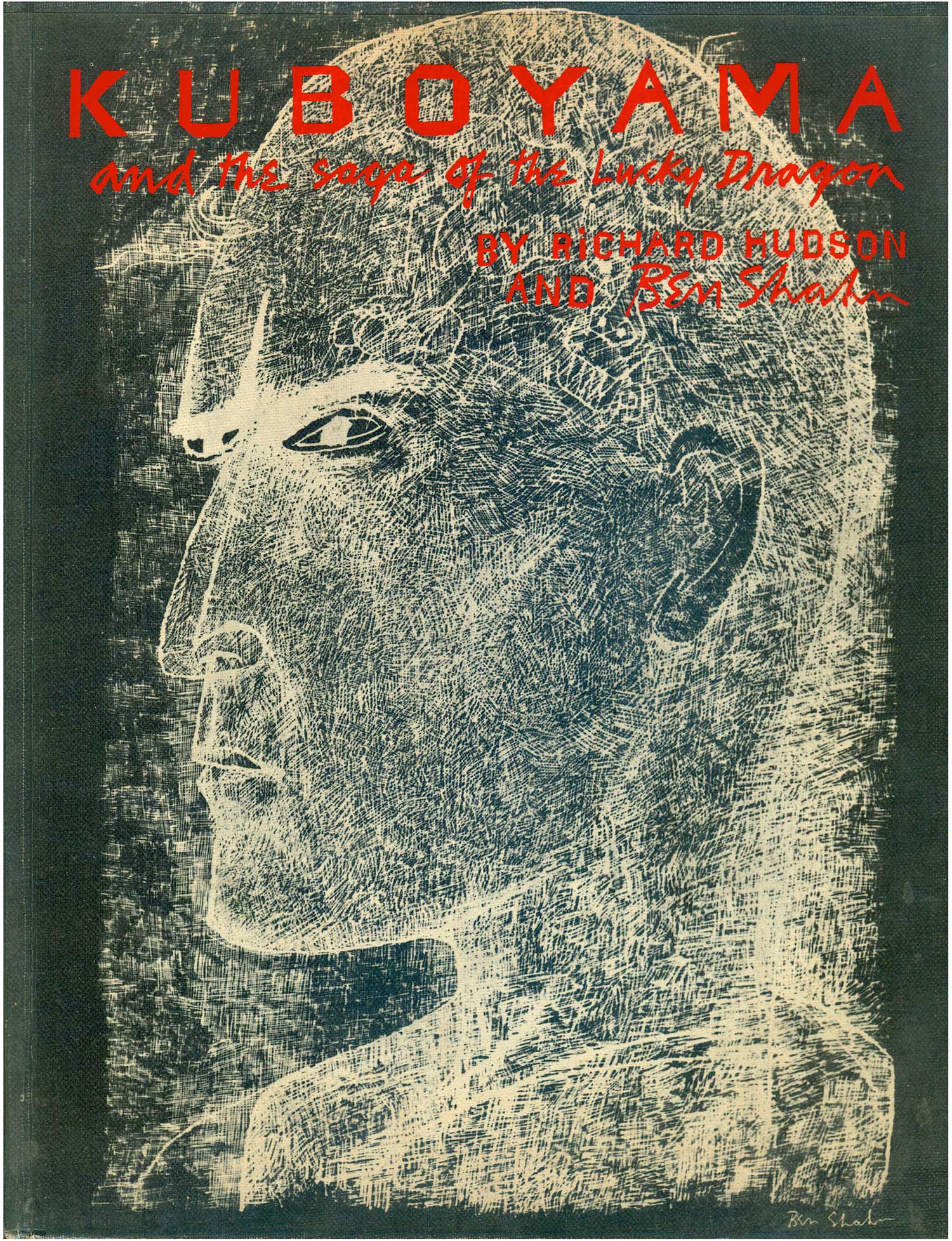
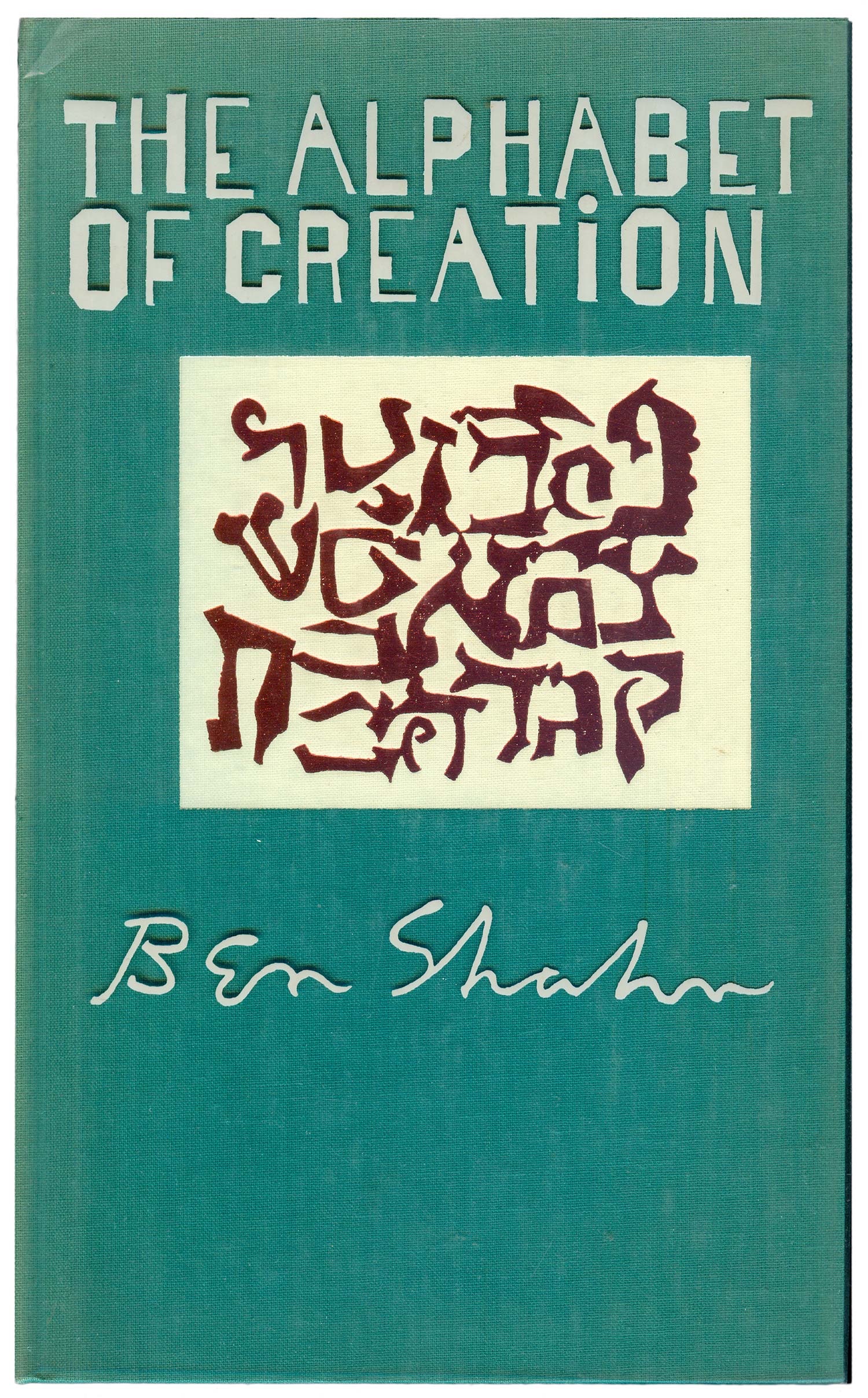
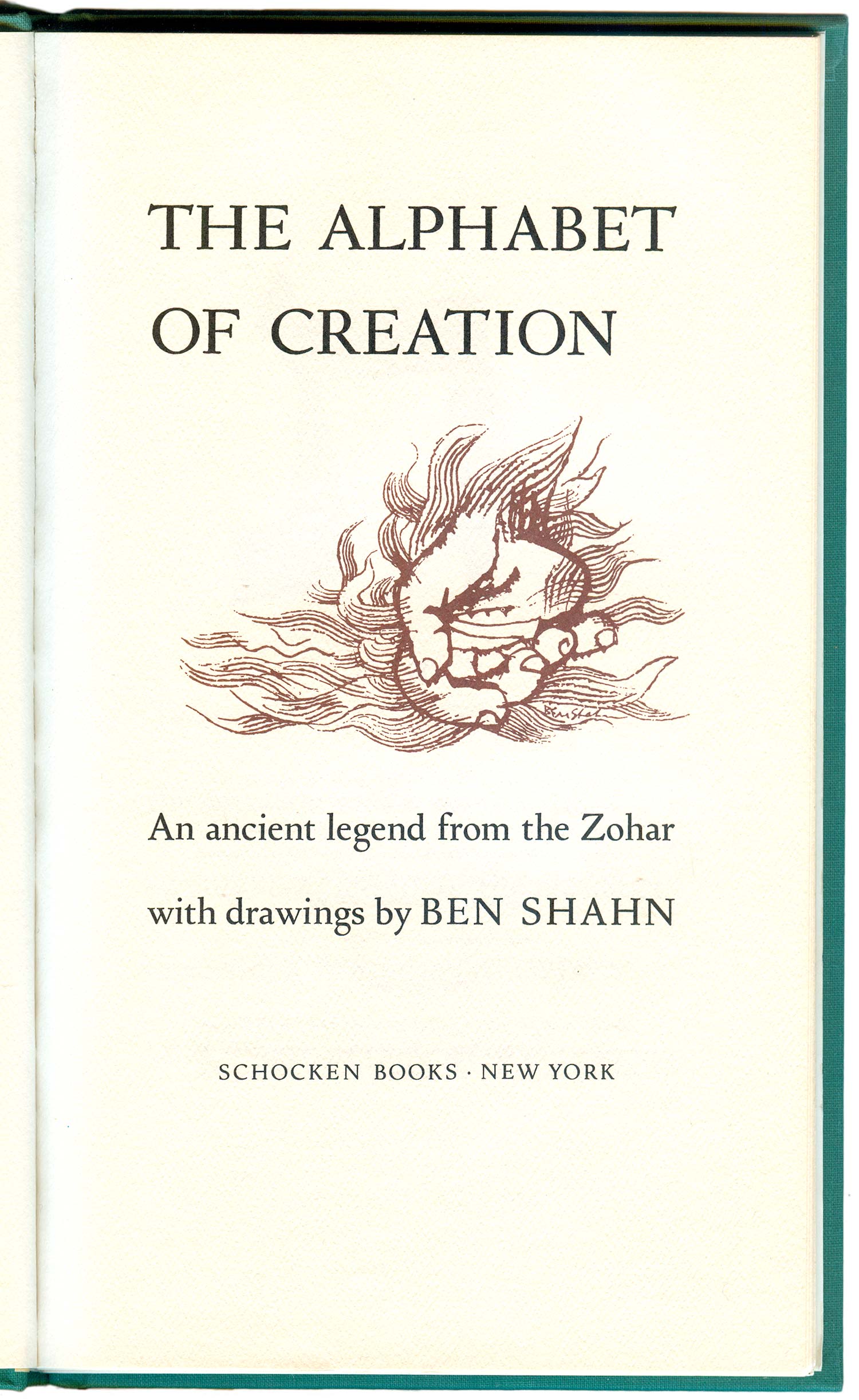

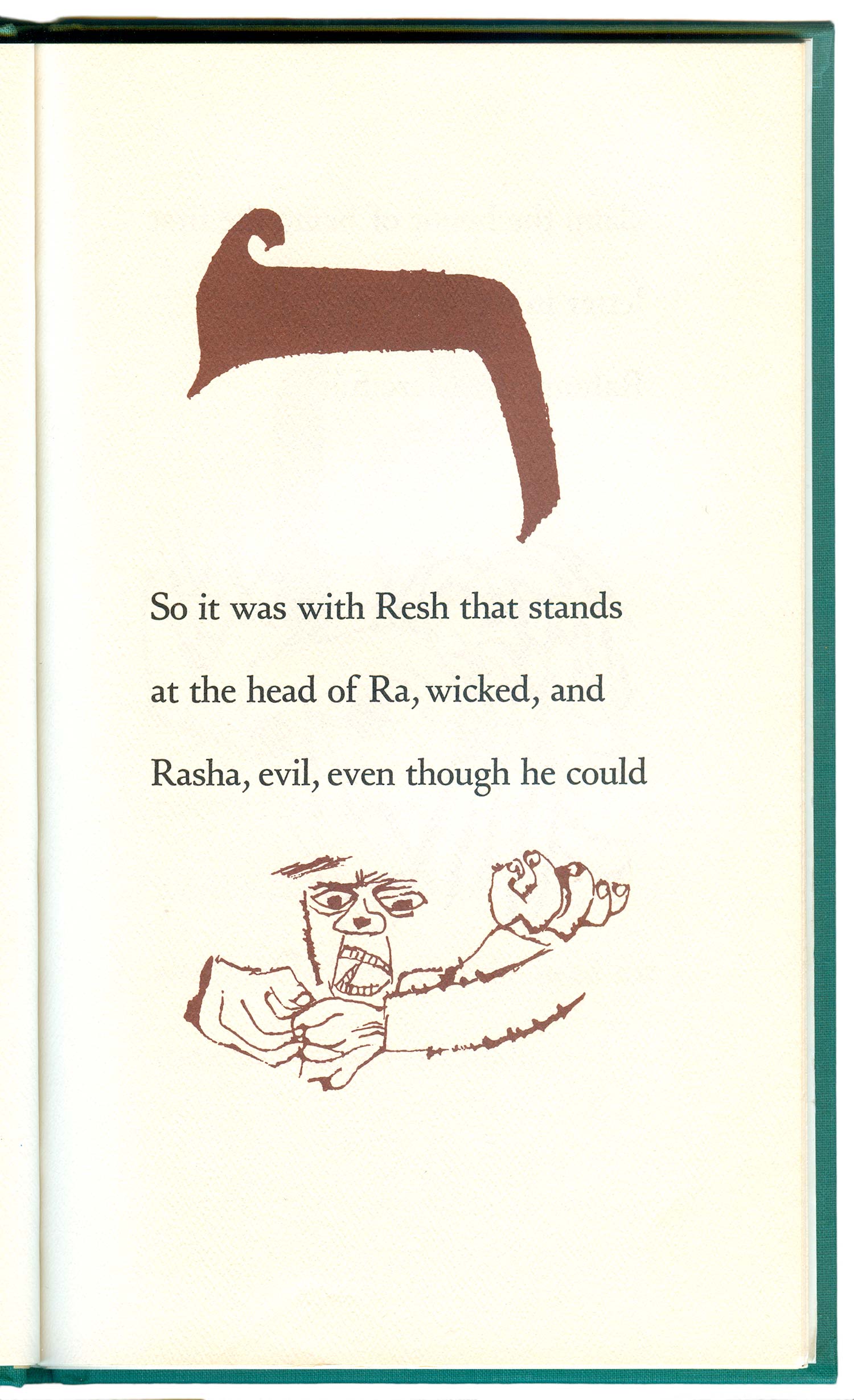
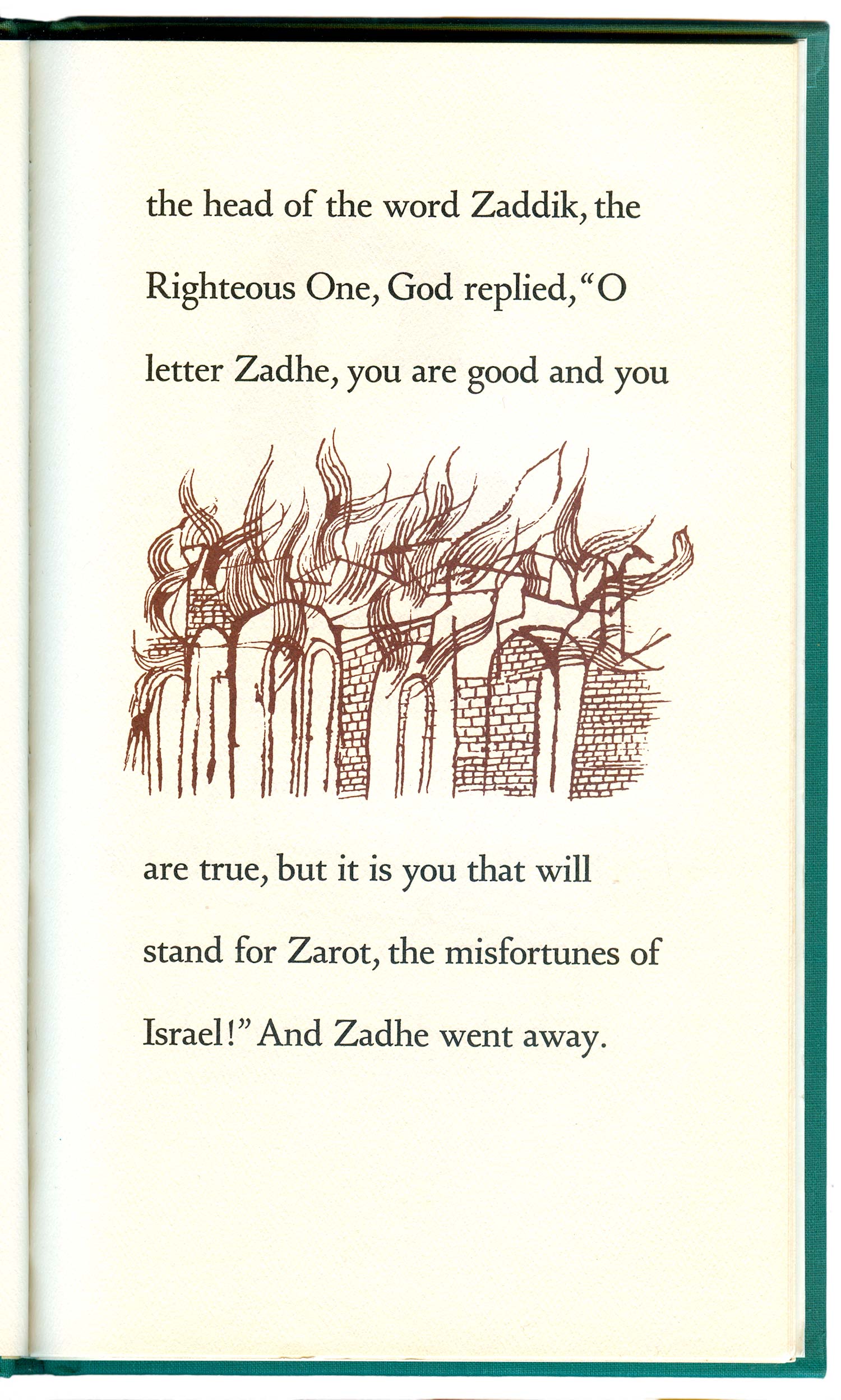

And finally, some images of books about Shahn. The first below is the most impressive, an absolutely massive tomb collected and edited by his wife soon after his death. By far the biggest book I own, it’s a full 14″ square, and 2″ thick. You can get a sense of scale in the photo below with the mass market edition of The Shape of Content sitting on top. The book itself is just a giant treasure chest, with black and white and color images both printed on the pages and tipped in. There are also a good dozen reproductions that are both tipped in and folded, sometimes more than once, so they open up to a scale even larger than the book itself!

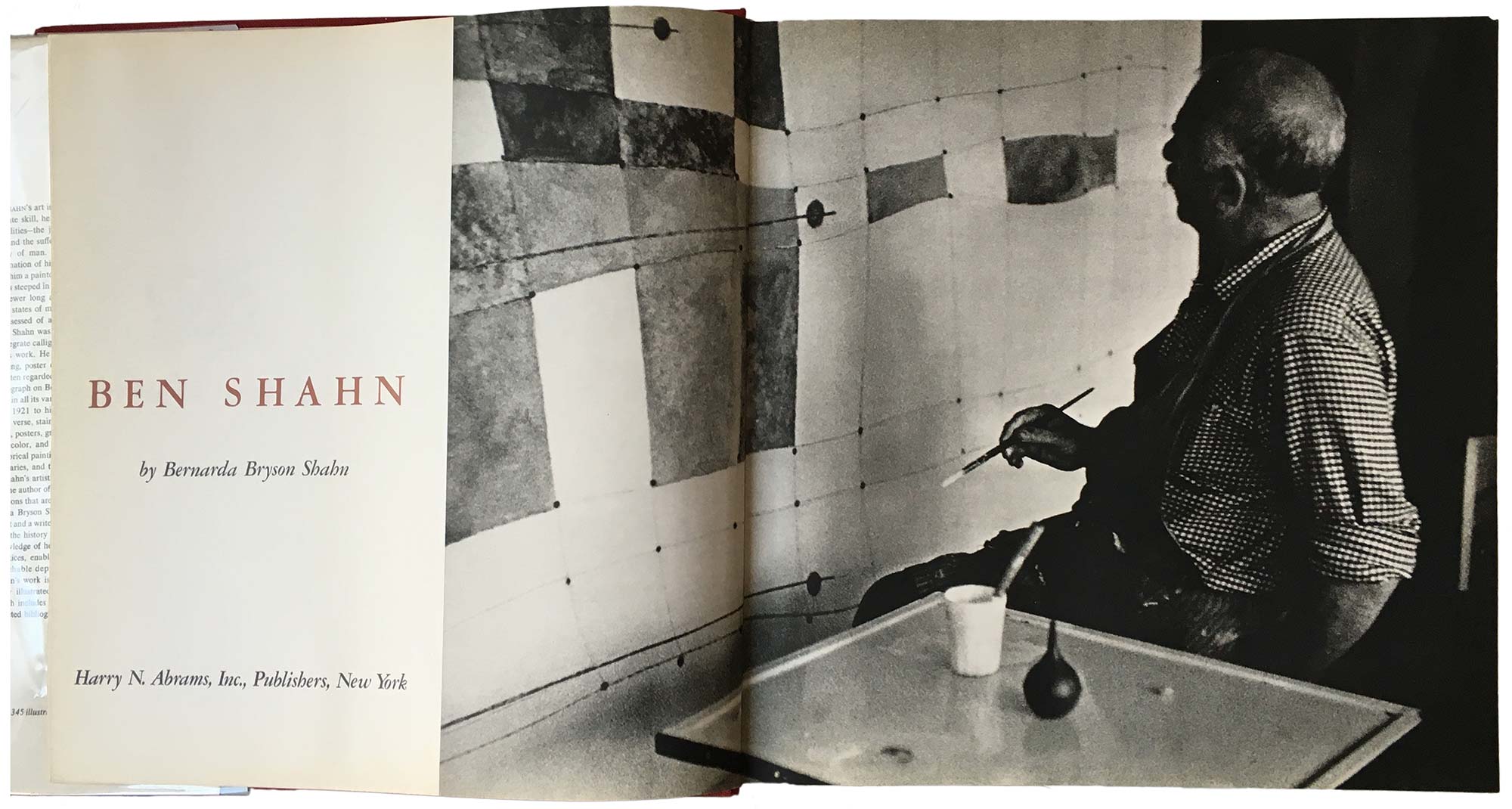
Abrams outdid themselves with this one, and it either speaks to the sheer volume of these they printed, or the relative unpopularity of Shahn as this moment, that you can still find copies for pretty cheap, I think I paid $20 for mine.
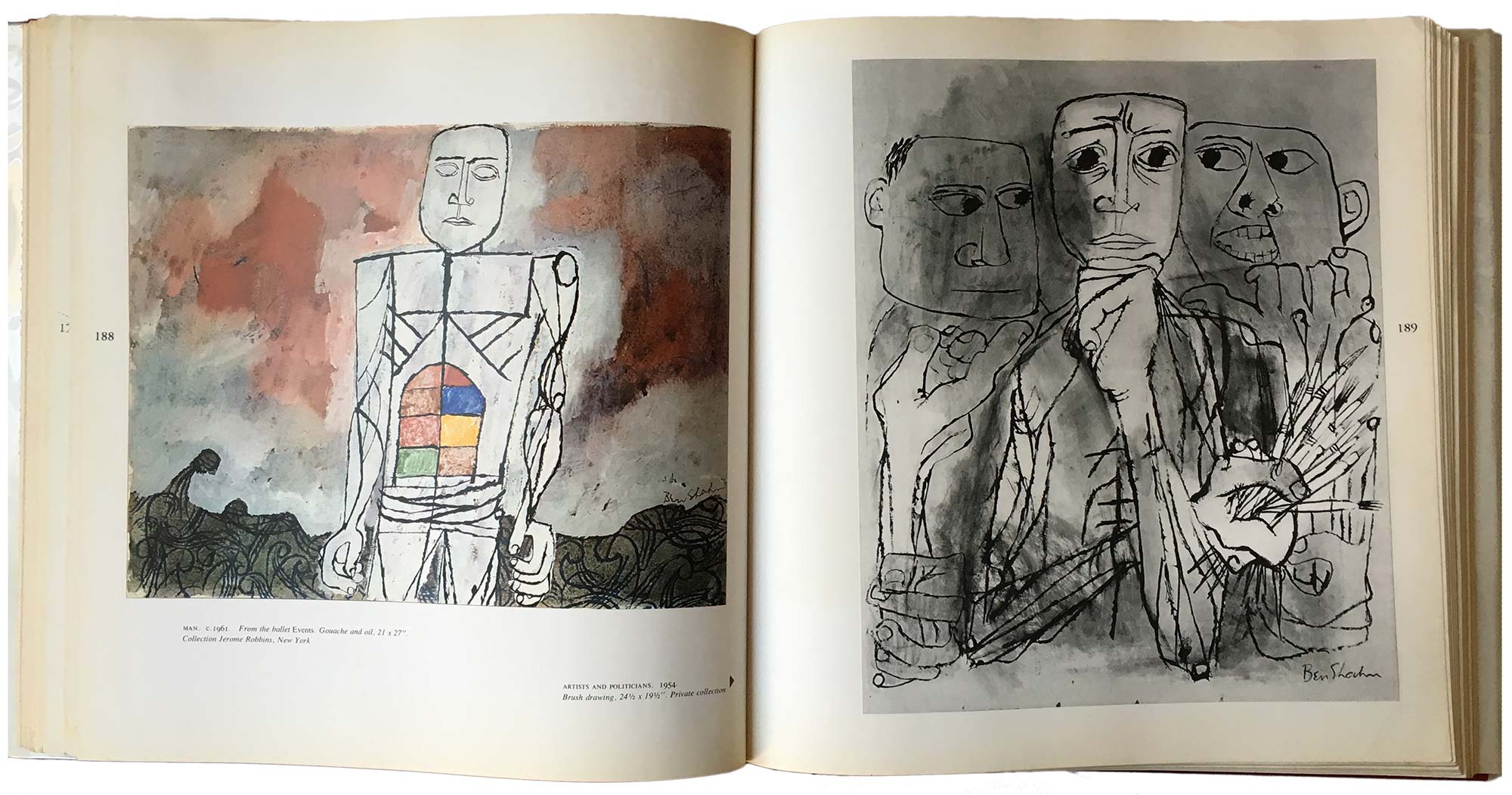

One of the most populous titles about Shahn is a two-parter by James Thrall Soby and published by George Braziller in the early ’60s. His Graphic Art and Paintings are a set of volumes often paired in a nice box set, but just as often found individually. As I’m most interested in Shahn’s graphics, that’s the book I have. I really dislike the dust jacket cover—not surprising since I’ve never been a fan of Shahn’s circus-related works. But the cloth below has a really nice, classic Shahn awkward hand image, which it’s hard not to love.
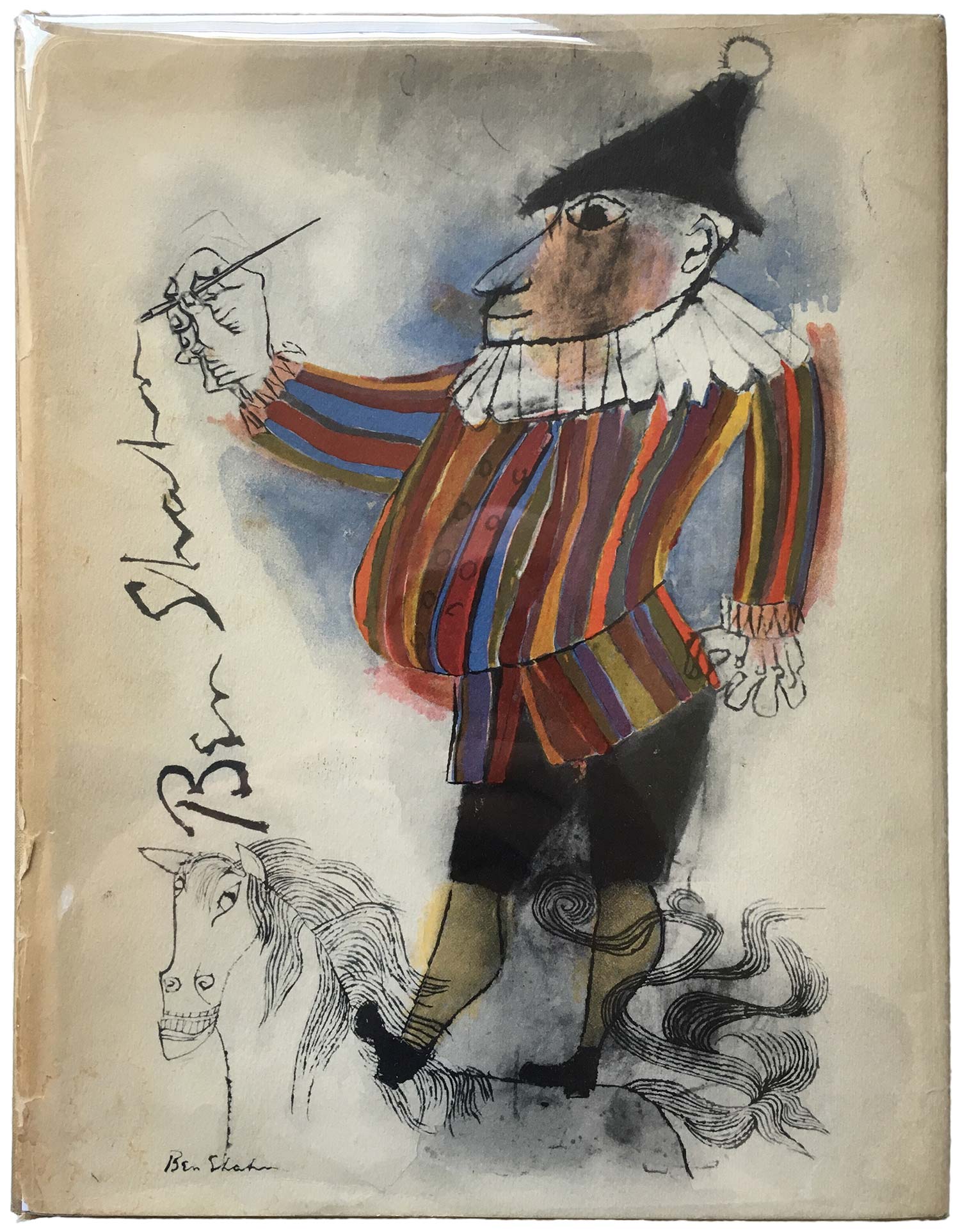
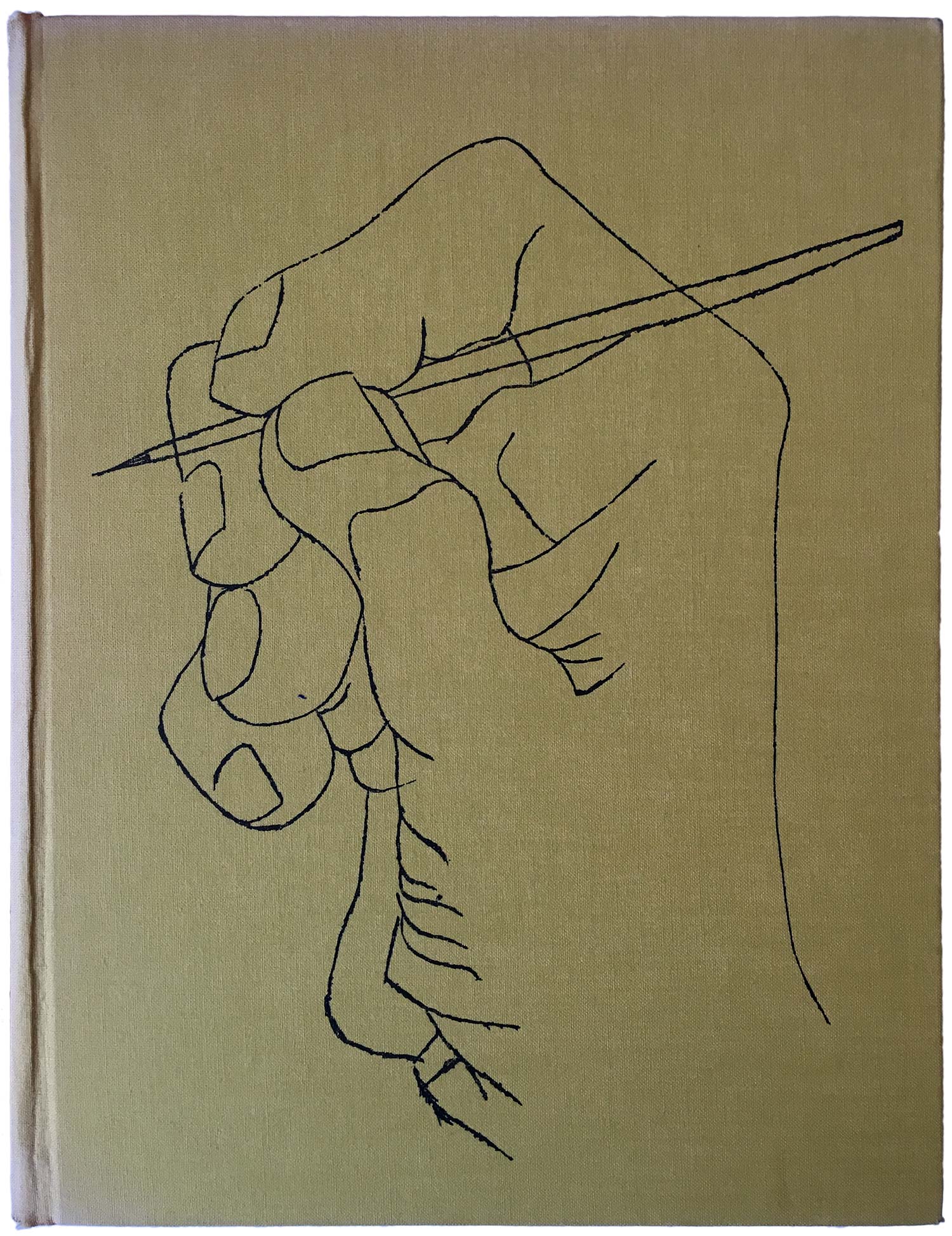
And any poor decision-making when it came to the cover is more than made up for by the endpapers, just gorgeous fields of Shahn’s wheat. Based on the same illustration used for the cover of Henry Nash Smith, Virgin Land, it’s near perfect—I only wish the image could go on and on and on…
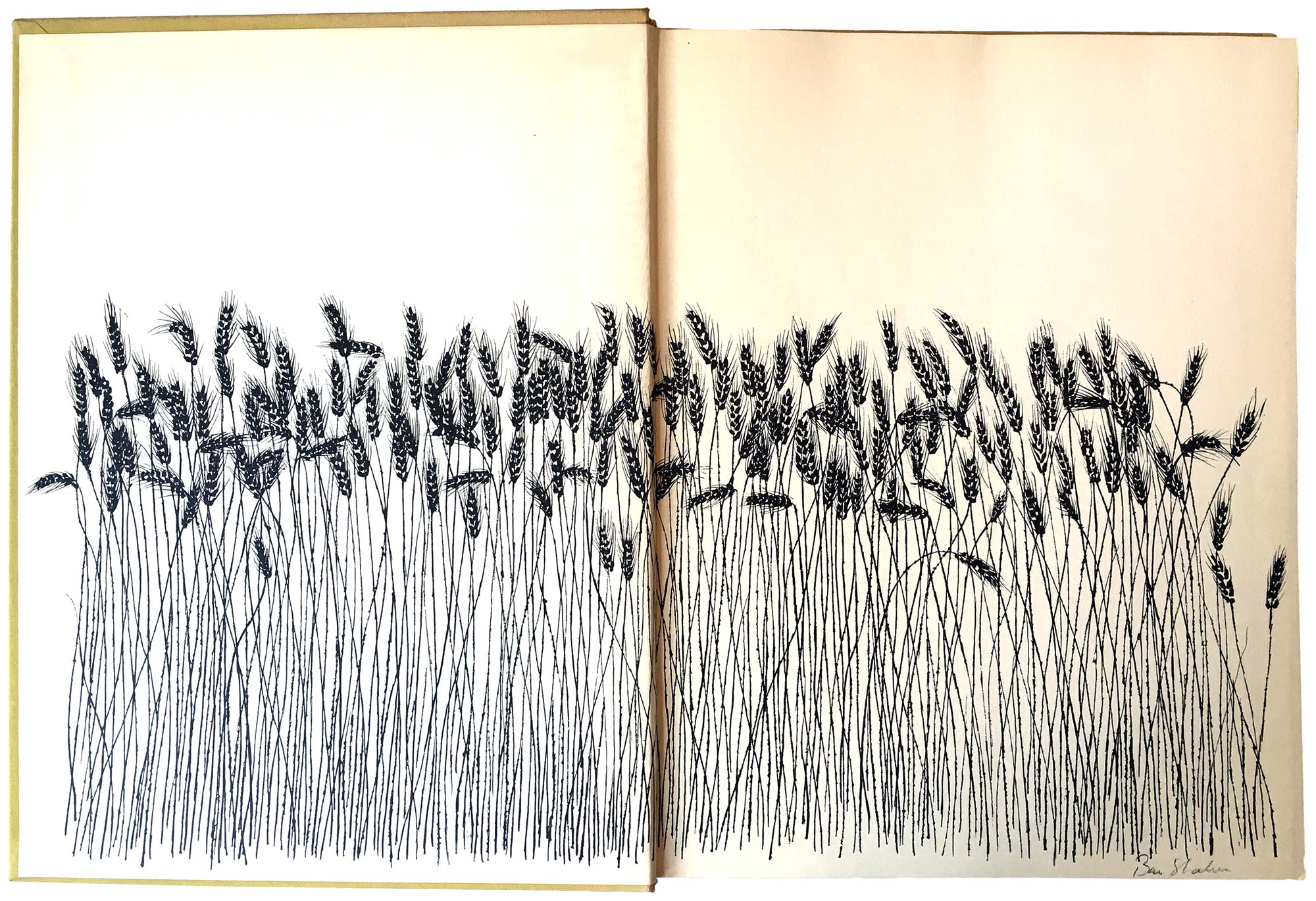
And finally a round up of a three other books on Shahn. Two are by Frances Pohl, a Canadian art historian who focuses in on the intersections of art and working-class culture, thus her attraction to Shahn. One of a biography, the other an coffee table book. The later—simply titled Ben Shahn—was my first introduction to Shahn, the book my Dad bought me when I was 20-years-old. It’s a strong collection, with a really nice focus on his early work, in particular the sets of images and paintings created around labor leader Tom Mooney and anarchist martyrs Sacco and Vanzetti. Shahn pushed his imagery around Sacco and Vanzetti extremely far, not only creating dozens of paintings, drawings, and polished illustrations, but ultimately installing a large format mosaic tile mural on the subject on the campus of Syracuse University. It’s a really impressive piece, and well worth a trip to visit. The way it’s positioned makes it very difficult to take good photos without getting extreme glare and/or shadow (a process I inadvertently recreated trying to get a good photo of the cover of the book, since mine is wrapped in a not-very-flat mylar sleeve!), which makes Martin Bush’s volume on the mosaic that much more important. Unfortunately it’s almost fifty-years-old, and doesn’t have the highest production values, so while important, it would be really nice to see a new volume with more color images and more work pulling together all of Shahn’s S. & V. imagery.
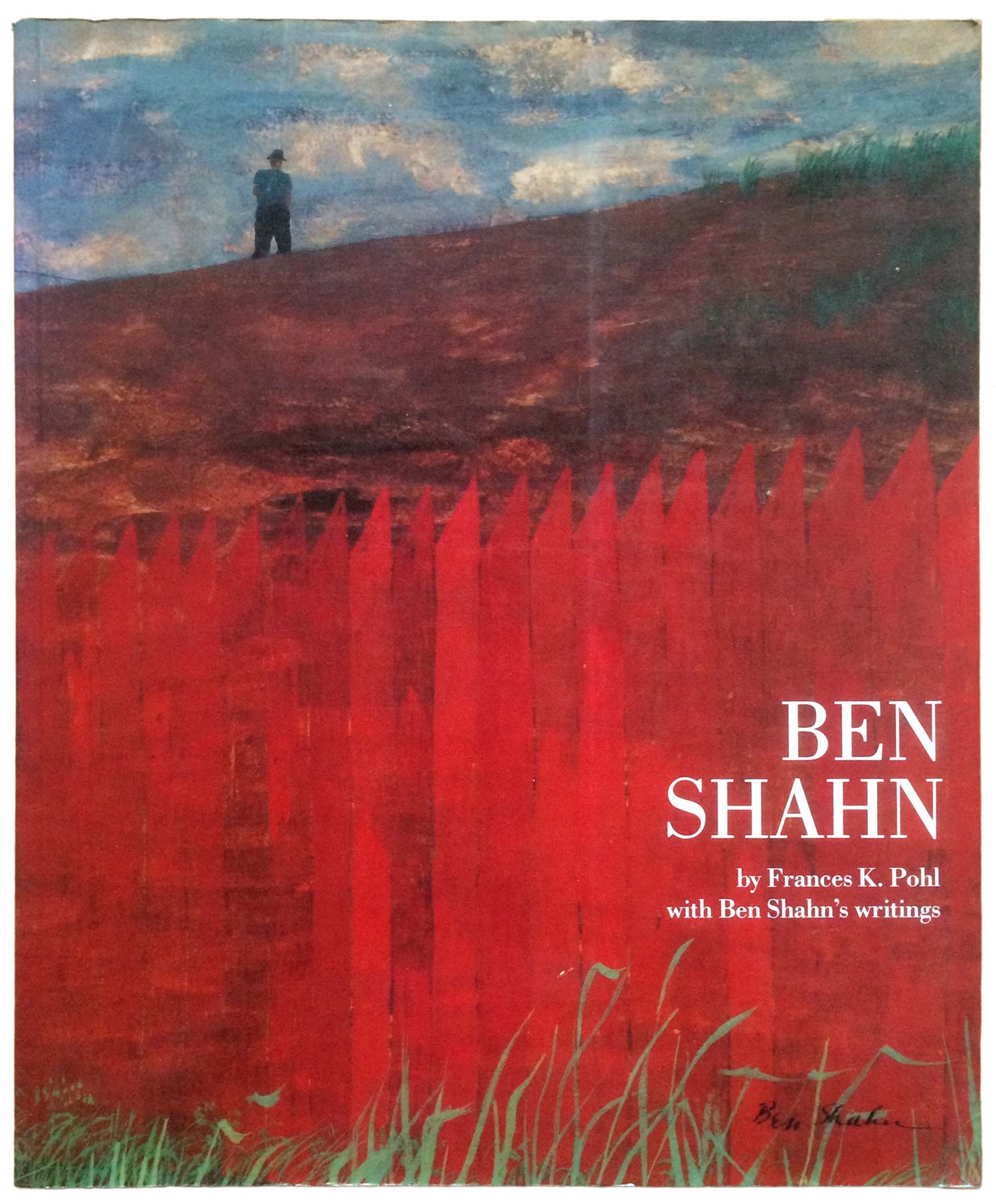

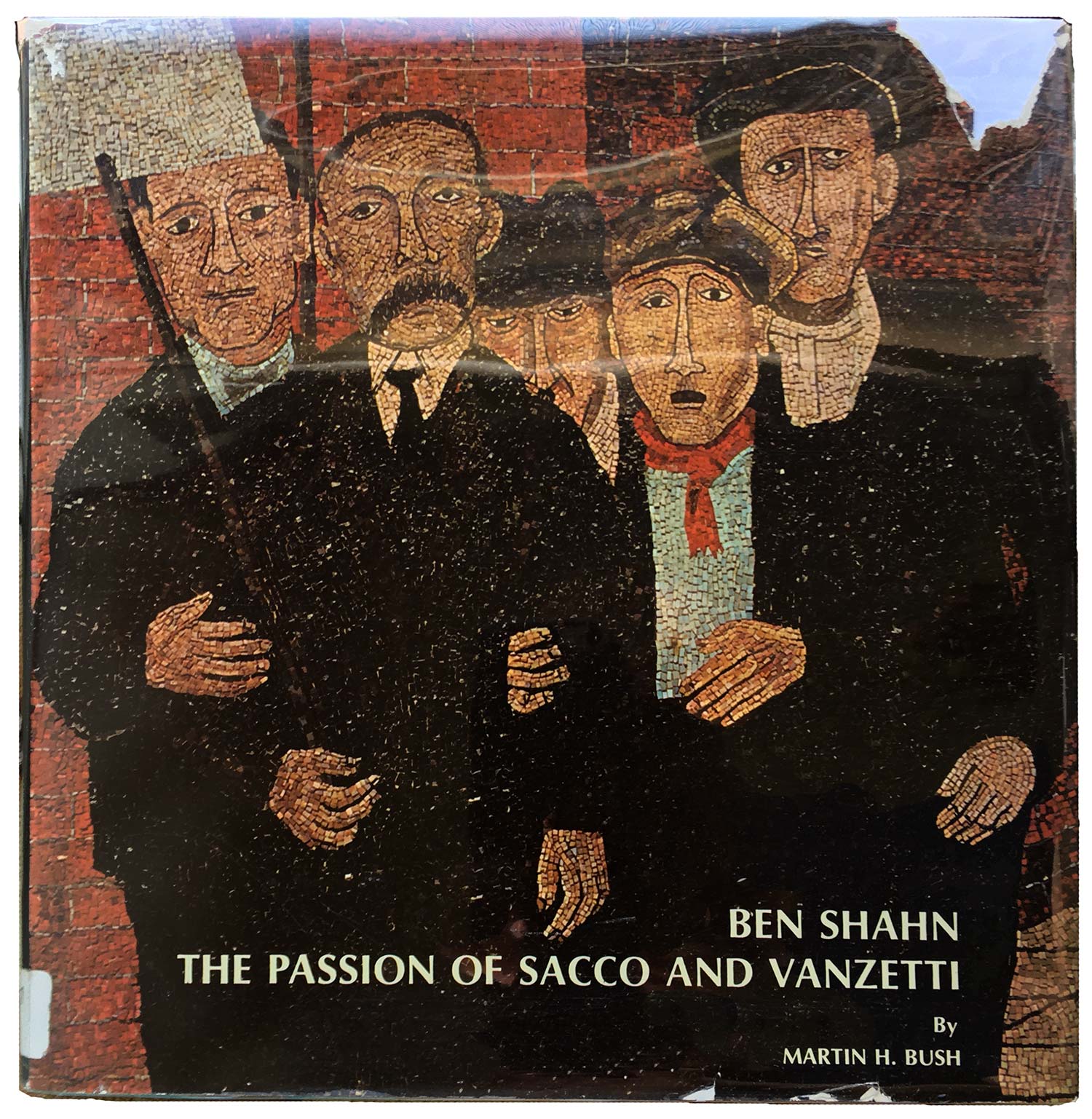
OK, so of the three modernist printmakers-come-cover designers I want to feature, I’ve done Leonard Baskin (weeks 202 and 203) and Ben Shahn. Next up is the Uraguayan woodblock printer Antonio Frasconi. But that’s likely going to take a little time, as I need to do more research and more work cleaning up the dozens and dozens of scans I’ve made of his cover work!
And here is a total bibliography (55 books!) for all the Ben Shahn covers I’ve shared over the past four installments:





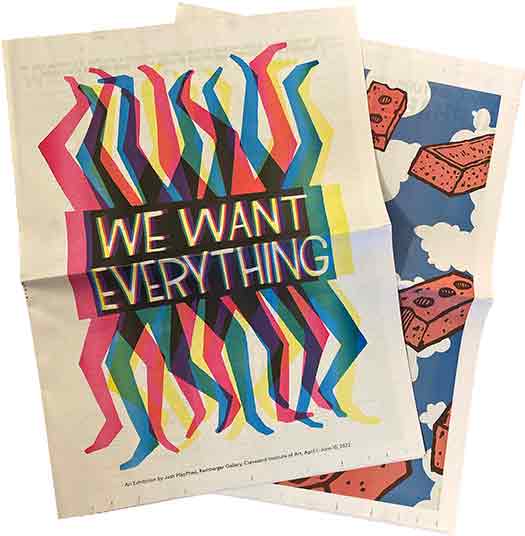

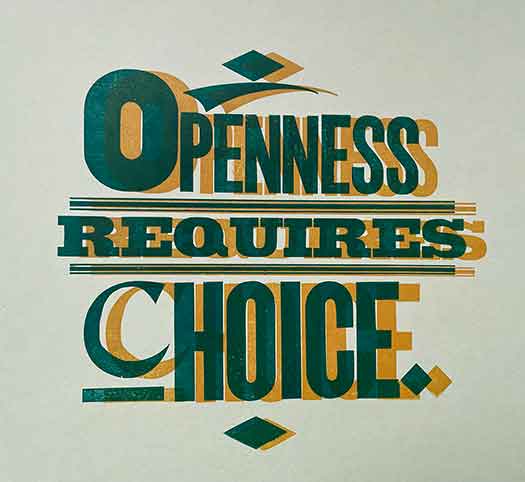

Thank you for this helpful discussion. I am attracted to Shahn’s lovely ways of talking about letters. And, an added bonus, to see a book by my beloved grad school advisor, Mulford Sibley, in your bibliography!